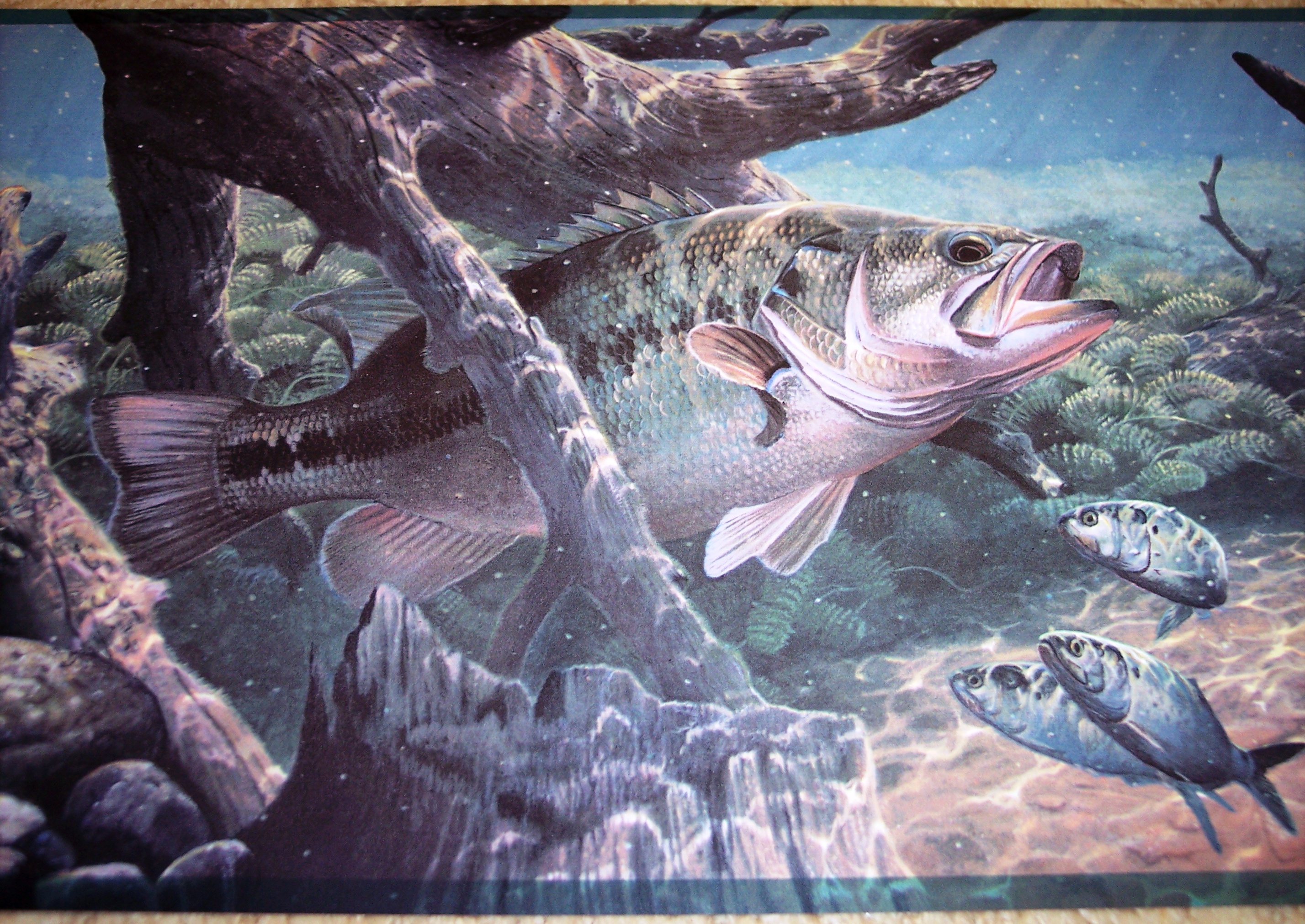
When trying to manage any pond or lake the Fathead Minnow will be a tremendous asset to you and your fish. It's almost impossible to overstock on Fatheads, so the more you have, the more your sport fish will benefit. The better your Fathead Minnow base, the faster everything in your pond will grow. All of the larger fish will also experience a faster growth rate by feeding on the Fatheads. It will help keep your pond in balance by giving all of your smaller reproduction something to feed on, in turn increasing their survival and growth rates. The Fathead Minnow will enhance your pond life in many ways. These characteristics make this fish perfect for any pond or lake. They are very high in protein, insuring a high conversion rate, and they are slow top-water swimmers, so all your sport fish will benefit. They have a life span of 14 months and will reproduce a minimum of 3 to 4 times before the end of their life cycle. These fish will not get over 3 inches long, so unlike many types of minnows, the Fathead will never turn into a predator. The Fathead Minnow is a plankton feeder, but it will also feed very actively on mosquito larva and on commercial feed. YOU CAN ORDER DIPLOIDS IF YOU LIVE IN THESE STATES, AR, MS, MO, ALįor any pond or lake manager the Fathead Minnows should be the most important fish in their management program. YOU MUST ORDER TRIPLOIDS IF YOU LIVE IN THESE STATES, TX, OK, KS, NC, SC, LA Special Delivery available for orders over $1000 These fish will need to be re-stocked every 5 to 7 years on the average. Their average growth rate is 2-5 pounds per season. The rooted vegetation will continue to grow back while the Grass Carp keep it maintained. The vegetation is sucked through the mouth to the "teeth" in the throat, this way the pond is not muddied by pulling the moss out by the roots. They eat 3 times their body weight in moss and vegetation per day. The Grass Carp will not reproduce, or harm the reproduction of other fish in the pond. These fish are available on our route trucks or for special delivery. To achieve desired results these fish should be stocked at a rate of 10 per acre of vegetation, or increase this rate by 50% in spring fed or otherwise clear water impoundments where sun rays penetrate much deeper than normal. When it comes to vegetation control in your pond, grass carp are a cost effective, efficient solution to many types of problem vegetations. When properly managed, this fish will add color to your pond or lake not found in most waters. A large Black Crappie is by far the most attractive sport fish you can have in your pond. The Black Crappie is a fish that offers an excellent sporting quality, and are even more enjoyable on the table than they are in the pond. Since they don't propagate to the extent that the White Crappie do, you will find the average Black Crappie will grow faster and get larger than the average White Crappie.

Black Crappie can be stocked in ponds as small as 1 acre without any concern of overpopulation. White Crappie should never be stocked in impoundments less than 100 acres. White Crappie in most cases, take over smaller ponds and lakes. The Whites are much more prolific than the Black. There are two types of crappie that are most common, the Black Crappie and the White Crappie.

These fish will not feed on a commercial feed, but with a good supply of Fathead Minnows and Hybrid Bluegill they will grow at a rate of 1/4 to 1/2 pound per growing season.


 0 kommentar(er)
0 kommentar(er)
